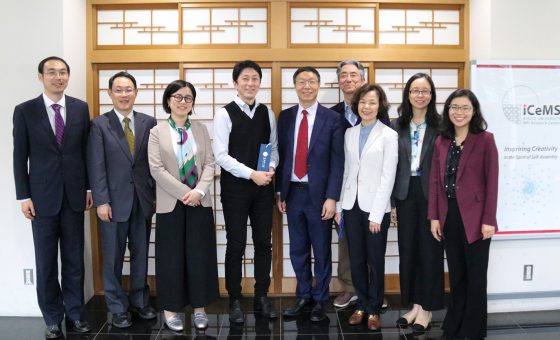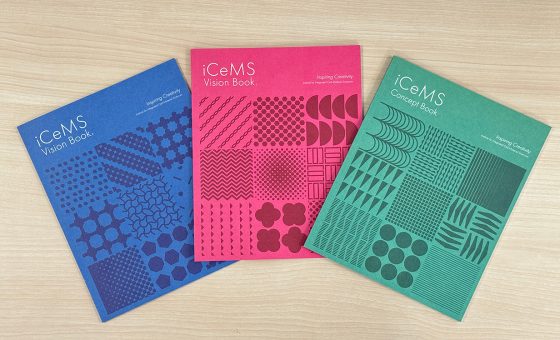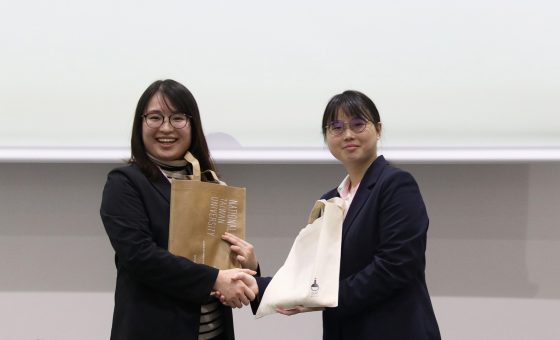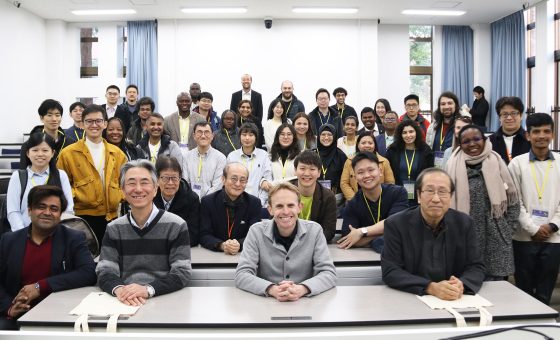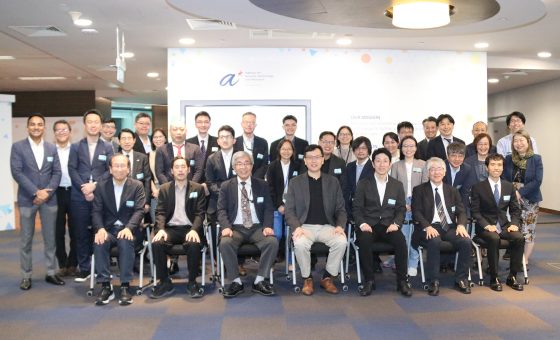New state-of-the-MOF materials
Converting crystalline metal-organic frameworks into glass or liquid could give them unique properties and lead to the design of new materials.
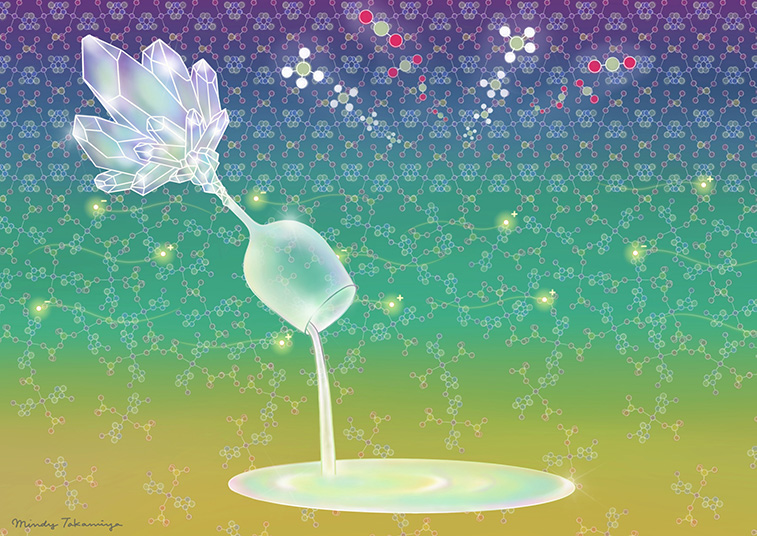
Metal-organic frameworks (MOFs) are porous, crystalline materials that can trap compounds within their molecular cavities, giving them a wide range of applications in gas storage and separation, carbon capture, and in the catalysis of chemical reactions, to name a few. A new range of applications are now being investigated by converting crystalline MOFs into liquid and/or glassy states.
“MOFs are a relatively new class of material, and most of those developed in the last 20 years are in the crystalline state,” says Satoshi Horike, a materials scientist of Kyoto University’s Institute for Integrated Cell-Material Sciences (iCeMS). “Recently, we have found non-crystalline glass or liquid states in MOFs and propose they have great potential as future materials.”
Horike reviewed the latest advancements and perspectives in the field, together with material chemist Susumu Kitagawa and colleagues for the journal Angewandte Chemie International Edition.
Tens of thousands of MOFs have been synthesized since they were first discovered in the late 1990s. Technology advances are now allowing researchers to uncover what happens at the molecular level when some MOFs are heated to a melting point and then cooled to produce a glass-like state. So far, researchers have reported about ten MOFs that can be melted into a liquid and/or turned into a glass state. Their melting temperatures range from 184°C to 593°C, depending on their crystal structures.

